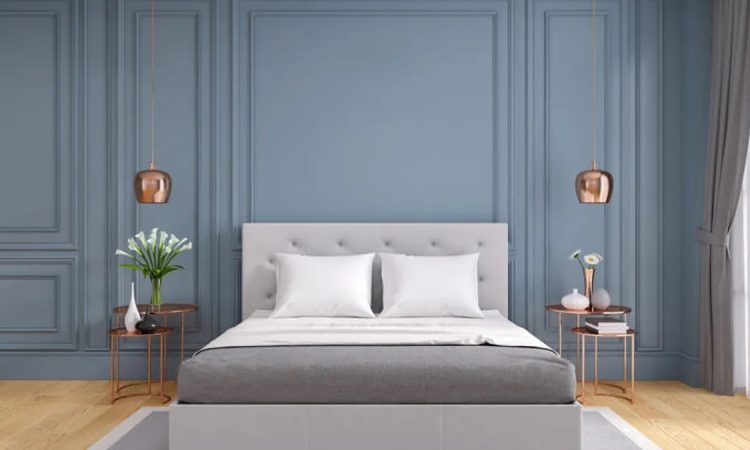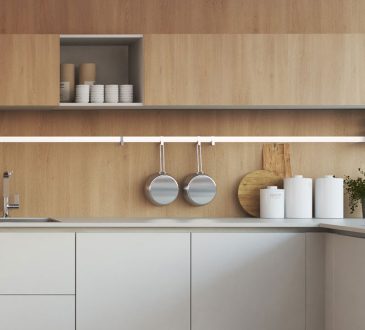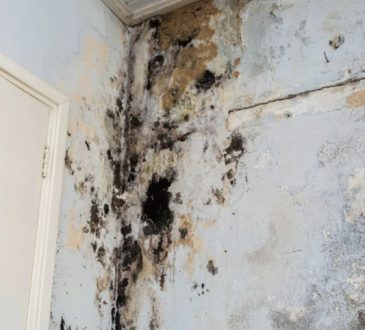
Your Bedroom serves as more than simply a place to rest; it is also your haven, where you can recharge after a demanding day. Making your Bedroom a tranquil and sleep-inducing space is essential for your overall health and quality of life.
Unexpectedly, the Bedroom paint (สีทาห้องนอน, which is the term in Thai) of your bedroom walls can have a significant impact on helping you unwind and get a good night’s sleep. In this post, we’ll examine how your bedroom paint color might impact your mood and sleeping habits.
1. The Psychology Of Colors
Colors significantly influence our emotions and mental health. Different hues can affect our attitude and conduct by evoking diverse emotions. It’s essential to consider paint colors for bedrooms that encourage peace and relaxation. While colorful and bold colors may invigorate and energize, soft, muted colors are typically more conducive to a peaceful ambiance.
2. Calming Neutrals
Due to their relaxing impact, neutral colors like soft beige, gray, and off-white are popular choices for bedroom paint. These hues produce a tranquil, harmonious atmosphere that might lessen tension and anxiety. You may add color pops through accessories and decor to personalize your area without overpowering the senses by using neutrals as a backdrop.
3. Serene Blues
Blue is a hue perfect for encouraging relaxation in the Bedroom because it is frequently connected to serenity and tranquility. Light blue hues reminiscent of the sky or the ocean can promote calmness and lower heart rate and blood pressure. Blue may help create a sense of peace that prepares your mind for a sound sleep by being used as an accent color or as the primary wall hue.
4. Soothing Greens
Another color that might inspire emotions of peace and relaxation is green. Similar to blue, muted, gentle greens can promote harmony and relaxation. Since the garden is also frequently related to nature, incorporating outdoor decor into your Bedroom can foster a sense of connection to the outside world and heighten the relaxing impact.
6. Avoiding Stimulating Colors
Despite having a place in design, vivid and striking hues should be avoided in the Bedroom, especially on the walls. Bright hues like red, orange, or vivid yellow can be stimulating and may make it harder for you to unwind and go to sleep. If you still want to use these colors in your Bedroom, consider using them sparingly in accent pieces or other decorative objects.
Conclusion
Even though some colors are typically thought to promote rest and sleep, it’s essential to consider your tastes and how various colors make you feel. Your Bedroom should reflect your unique personality and a place where you feel relaxed and at ease. Do not be afraid to use color in your bedroom design if it makes you happy and comfortable.



